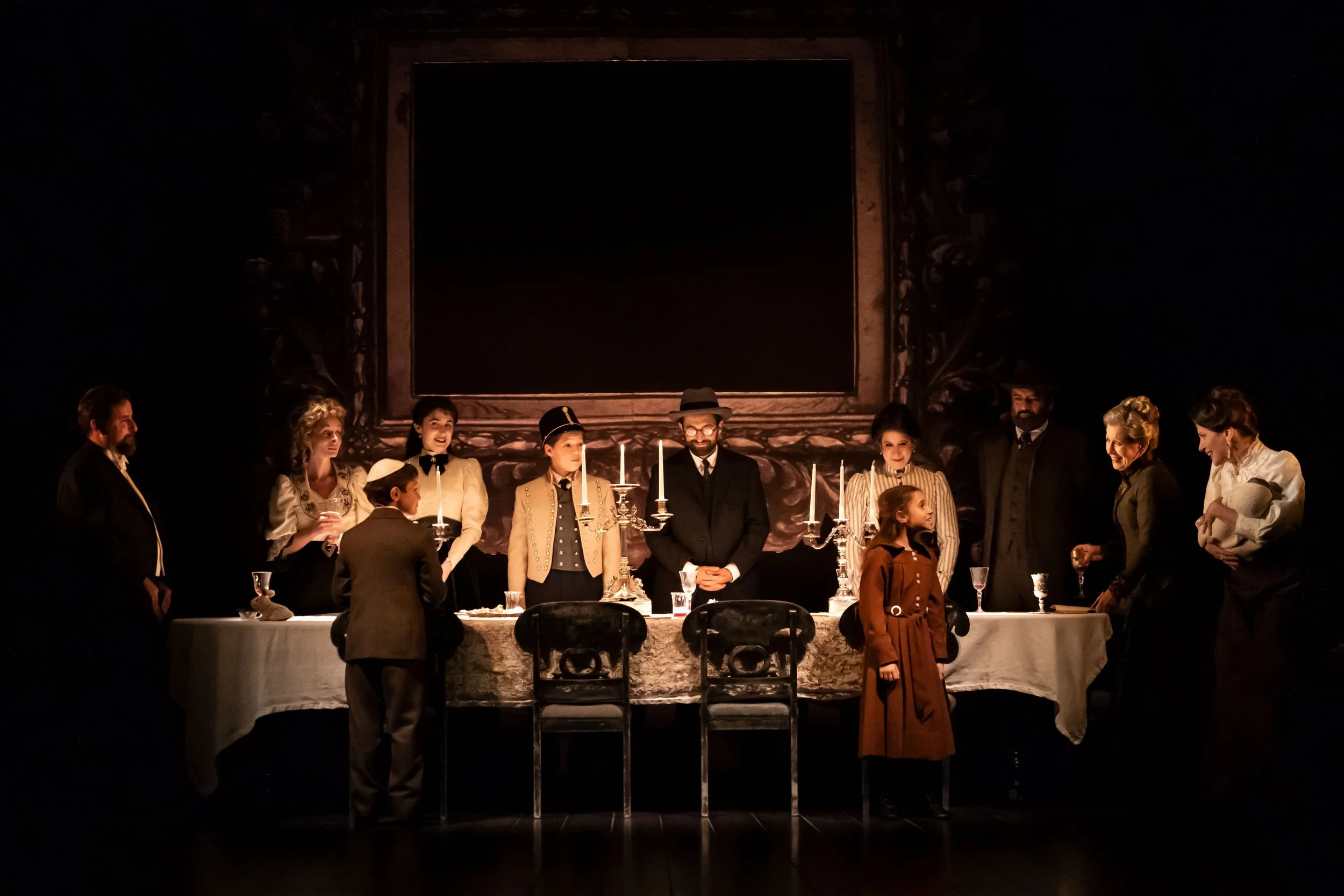Written by Leon G.O. Sullivan
On Saturday April 1, 2023, the Metropolitan Opera held the final performance of its most recent production of Richard Wagner’s Lohengrin. A Romantic setting of a medieval story written in the middle of the 19th century, Lohengrin follows the title character, a mysterious prince who arrives via swan to the shores of 10th century Brabant– a medieval Germanic region in present-day Belgium– to defend Elsa, the main female character and daughter of the Duke of Brabant, from the charges of murdering her missing younger brother. Lohengrin, portrayed by Piotr Beczała, defends the otherwise helpless Elsa, played by Elena Stikhina, and marries her on the condition that she never asks his name or origin.
François Girard’s futuristic staging created a sense of awe fitting for the epicness of Wagner’s opera. During the overture, a cosmic video projection plays, showing celestial bodies moving and being destroyed in step with the music. This sets the tone for the grandiosity of the story that is to follow. The otherworldly nature of Tim Yip’s set design, with a large slate with a hole taken out of it looming over the stage, gave the opera a sense of legendaryness fitting for a mythological work.
Christine Goerke as Ortrud in Wagner's "Lohengrin." Photo: Marty Sohl / Met Opera
One standout from the cast was Christine Goerke, who portrayed Ortrud, the female antagonist dedicated to the downfall of Elsa. Goerke, who played Brünnhilde in the Met Opera’s 2018-2019 production of Wagner’s Ring cycle, a collection of four operas telling one grand story, fully embodied the villainess from her quiet moments of manipulation to her grand outbursts. Beczała also did well personifying the titular hero, with a solid rendition of his famous final aria revealing from where he comes.
The costuming, done by Tim Yip, was not only aesthetically pleasing but also added to the creation of identities for the characters and the ensemble. Color played a large role in this; while King Heinrich and his loyal supporters wear green, the antagonists Friedrich von Telramund and Ortrud and their supporters wear red. Elsa and Lohengrin, on the other hand, are dressed in more plain shades, with Lohengrin austerely wearing a white shirt and black pants. This sets the protagonists apart from the rest of the cast, and, when the ensemble shows its support for Lohengrin, they reveal white linings.
Overall, the Met Opera’s most recent production of Lohengrin transported its audience into a fantastical setting fit for Wagner’s famous setting of a mythic tale. Between the staging, cast, and costuming, the production delivered an exciting rendition of a classic opera.
Information about the Met’s upcoming 2023-2024 season can be found on the Met Opera’s website, and information about the Met Opera Student program, which gives discounted access to the Met’s production to college students, can be found here.





